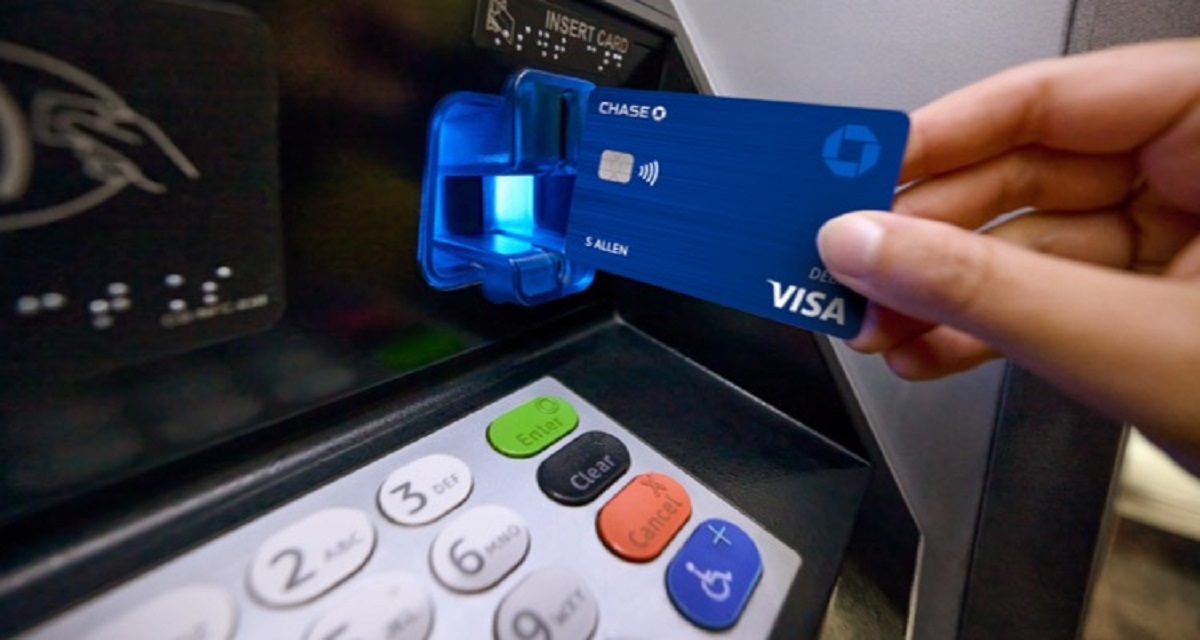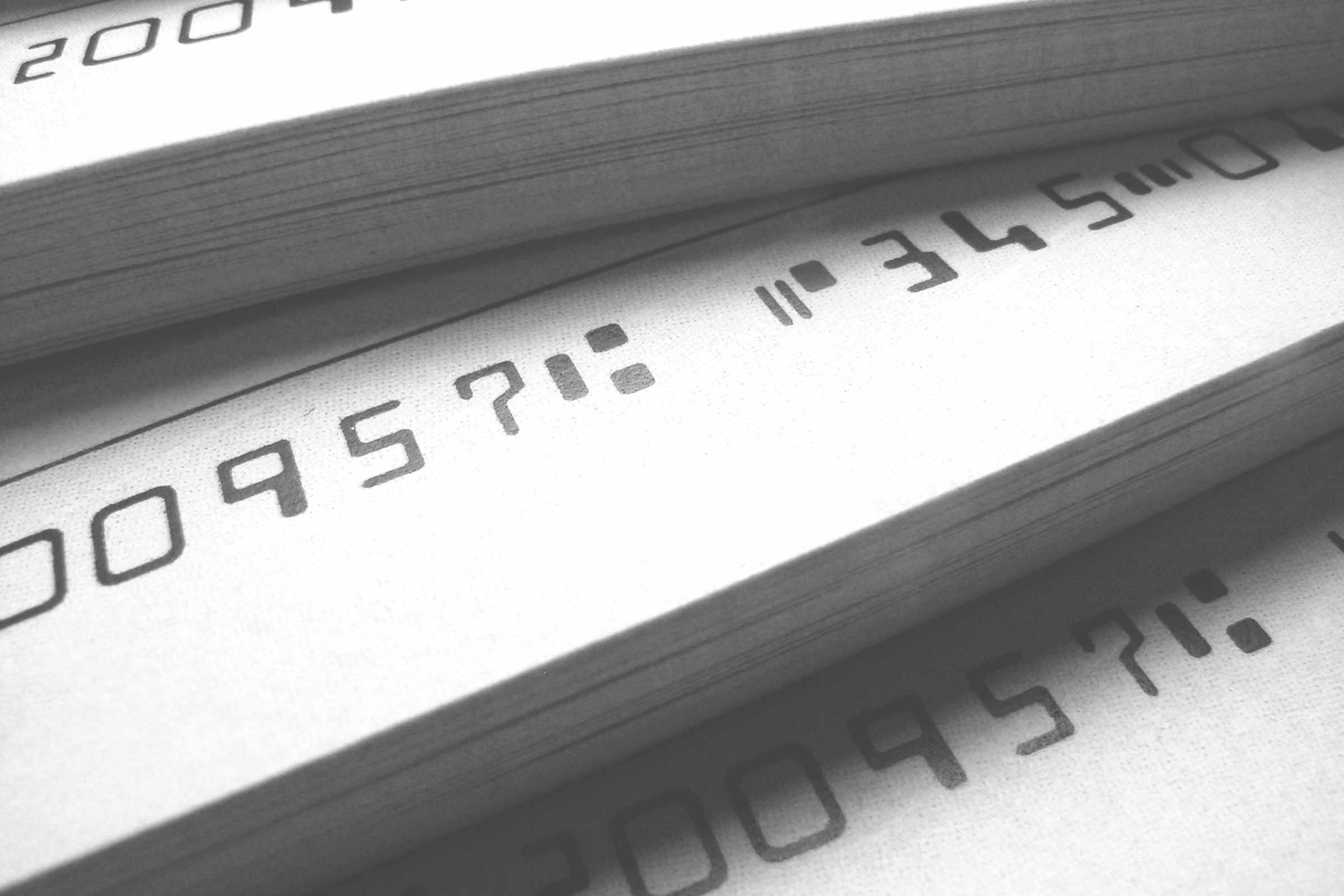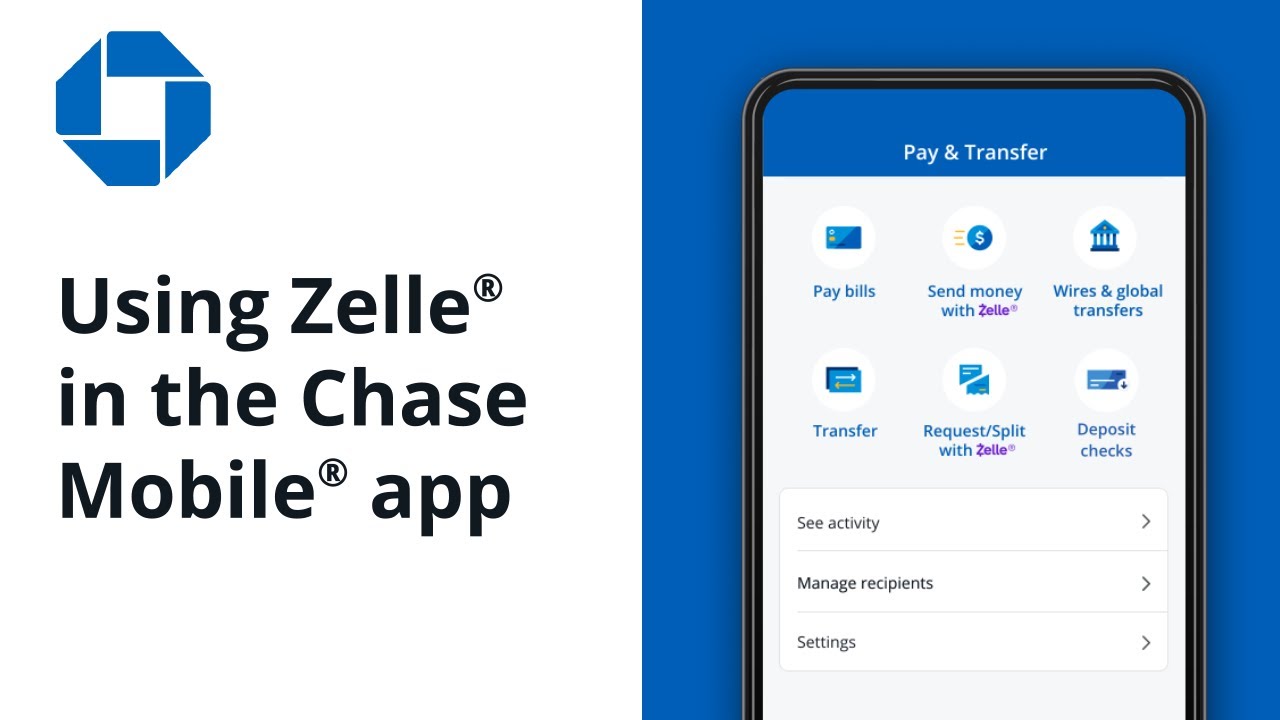Introduction
Welcome to the digital age where accessing and managing your financial statements has never been easier. With online banking platforms like Chase, you can conveniently download your bank statements with just a few clicks. Whether you need them for budgeting, record-keeping, or any other financial purposes, Chase provides a user-friendly interface to help you quickly retrieve your statements.
In this guide, we will walk you through the step-by-step process of downloading your Chase bank statements. By following these simple instructions, you’ll have your statements downloaded and ready to use in no time.
Chase offers a secure online portal where customers can access their banking information, including account activity and statements. The online platform allows you to view, download, print, or even email your bank statements according to your preferences.
Downloading your Chase bank statements is not only convenient but also provides you with a digital copy that can be saved on your computer or other electronic devices. This makes it easier to organize and access your financial records whenever you need them, without the hassle of sifting through paper statements.
Whether you’re a business owner managing your company’s finances or an individual keeping track of personal expenses, having digital copies of your bank statements can be invaluable. It simplifies processes like tax preparation, applying for loans, or even reconciling your accounts.
Now, let’s dive into the step-by-step instructions to download your Chase bank statements and make your financial management more accessible and convenient.
Step 1: Login to your Chase online account
The first step to downloading your Chase bank statements is to log in to your online account. If you don’t have an account yet, you can easily sign up for one on the Chase website. Once you have your login credentials ready, follow these instructions:
- Open a web browser and go to the Chase website.
- Click on the “Sign In” button located at the top right corner of the page.
- Enter your Username and Password in the respective fields.
- Click on the “Sign In” button to access your online account.
Make sure to double-check the accuracy of your login credentials to avoid any login issues. In case you forget your username or password, you can use the “Forgot username/password” option to recover your account access.
Chase takes security seriously, so if it’s your first time logging in from a new device or location, you may be required to go through additional security measures, such as entering a one-time verification code sent to your registered email or phone number. This is to ensure the safety of your account and prevent unauthorized access.
Once you successfully log in to your Chase online account, you’re ready to proceed to the next step: accessing the Account Activity page.
Step 2: Access the Account Activity page
After logging in to your Chase online account, you need to navigate to the Account Activity page to view and download your bank statements. Follow these simple steps:
- From the main dashboard or homepage of your Chase account, locate and click on the “Accounts” tab or menu option. It is usually located at the top of the page.
- A dropdown menu will appear with a list of your accounts. Select the account for which you wish to download the bank statement.
- Once you have selected the account, you will be redirected to the Account Activity page, which displays the recent transactions and other relevant information about the chosen account.
- On the Account Activity page, you’ll find options to filter and customize the view of your transactions. You can sort transactions by date, type, or other criteria to narrow down the results and locate a specific period for which you want to download the statement.
The Account Activity page provides a detailed overview of your account, including deposits, withdrawals, transfers, and other transactions. It is a valuable tool to keep track of your financial activities and monitor your account balance.
Once you’re on this page, you’re ready to proceed to the next step: selecting the desired account for statement download.
Step 3: Select the desired account
Now that you’ve accessed the Account Activity page, it’s time to choose the specific account for which you want to download the bank statement. Follow these steps:
- On the Account Activity page, review the list of accounts associated with your Chase online account. This includes both personal and business accounts, if applicable.
- Carefully identify and click on the account that corresponds to the statement you wish to download. Ensure that you select the correct account to avoid any confusion.
- After selecting the desired account, the Account Activity page will refresh, and you’ll see the transactions specific to that account.
By selecting the correct account, you ensure that the statement you download reflects the transactions and activities related to that specific account, providing you with accurate and relevant information.
If you have multiple accounts with Chase, you can repeat the process of selecting the desired account to download statements for each account individually. This allows you to access and manage the statements of all your accounts conveniently from one platform.
Once you have selected the appropriate account, you’re ready to move on to the next step: choosing the desired statement period.
Step 4: Choose the desired statement period
After selecting the account, you need to specify the statement period for which you want to download the bank statement. Follow these steps:
- On the Account Activity page, locate the option to filter or customize the view of your transactions.
- This option may be labeled as “Filter,” “Statement Period,” or something similar. Click on it to access the statement period settings.
- Choose the desired statement period by selecting the start and end dates. You can typically select a specific month, quarter, or even a custom date range.
- Once you have entered the desired statement period, the Account Activity page will refresh, and only the transactions within that period will be displayed.
The ability to choose a specific statement period allows you to focus on the transactions that are most relevant to you. Whether you need to review a single month’s activity or analyze your finances for a longer duration, selecting the appropriate statement period ensures that you download the right information.
It’s important to note that the statement period options may vary based on your Chase account type and the online banking platform’s user interface. However, most platforms provide flexible settings to choose the desired statement period effortlessly.
Once you have selected the statement period, you’re now ready to proceed to the next step: downloading the statement as a PDF file.
Step 5: Download the statement as a PDF
Now that you have chosen the desired statement period, it’s time to download the bank statement as a PDF file. Follow these steps:
- On the Account Activity page, locate the option to download or export your statement. This option is typically represented by an icon or a button with a label like “Download Statement” or “Export as PDF.”
- Click on the download or export option, and a pop-up window or prompt will appear, asking you to confirm the download.
- Confirm the download by selecting “Save” or “Download.” Choose a location on your computer or device where you want to save the downloaded PDF file.
- Wait for the download to complete. The duration will vary depending on the size of the statement and your internet connection speed.
It’s important to note that Chase typically provides the bank statement in PDF format. PDF files are widely supported and offer a universal and secure way to share and view documents.
By downloading the statement as a PDF file, you ensure that it retains its original formatting and can be easily accessed and read on various devices and operating systems. Additionally, PDF files are printable, allowing you to have a physical copy if needed.
Once the download is complete, you’re ready for the next step: saving the downloaded statement on your computer or device for future reference.
Step 6: Save the downloaded statement
After downloading the bank statement as a PDF file, it’s important to save it in a secure location on your computer or device. Follow these steps to save the statement:
- Locate the downloaded PDF file on your computer or device.
- Choose a location where you want to save the file for future reference. It could be a specific folder on your computer or an external storage device.
- Click and drag the downloaded PDF file into the desired location.
- Alternatively, you can right-click on the PDF file and select “Save As” or “Move To” to choose the location for saving.
- Give the file a descriptive and easily recognizable name, such as “Chase_bank_statement_MMYYYY” to help you identify it later.
- Click on the “Save” button or press Enter to save the file in the designated location.
By saving the downloaded statement, you ensure that it is easily accessible whenever you need it. Keeping your financial records organized in a dedicated folder or location on your computer allows for efficient management and easy retrieval.
It’s also a good practice to periodically back up your saved statements to an external storage device or a cloud-based storage service. This provides an extra layer of security in case of any unexpected computer issues or data loss.
Once you have saved the statement, you’re ready for the final step: printing or emailing the statement if needed.
Step 7: Print or email the statement if needed
After successfully downloading and saving the bank statement as a PDF file, you might have the need to print a physical copy or email the statement to someone. Follow these steps to perform these actions:
To print the statement:
- Open the saved PDF file of the bank statement.
- Click on the “Print” option, which is usually available in the top toolbar of most PDF viewers.
- Alternatively, you can press the keyboard shortcut “Ctrl + P” (Windows) or “Command + P” (Mac) to open the print dialog.
- In the print dialog, review the settings, such as the number of copies, page range, and printer selection.
- Once you’ve confirmed the settings, click on the “Print” button to start printing the statement.
- Make sure your printer is turned on and properly connected to your computer.
To email the statement:
- Open your preferred email client or webmail service.
- Create a new email message.
- Attach the downloaded bank statement PDF file to the email message. The attachment option is usually represented by a paperclip icon or a button labeled “Attach Files”.
- Fill in the recipient’s email address, subject, and any additional message you want to include.
- Double-check the accuracy of the recipient’s email address and the content of the email.
- Click on the “Send” button to deliver the email with the attached statement.
Printing a physical copy of the statement is helpful if you need to have a hard copy for record-keeping or other purposes. On the other hand, emailing the statement allows you to easily share it with relevant parties, such as accountants, financial advisors, or for your own records.
By following these steps, you can efficiently print or email the downloaded bank statement as needed.
Conclusion
Congratulations! You have successfully learned how to download your Chase bank statements in a few simple steps. By accessing your online account, navigating to the Account Activity page, selecting the desired account and statement period, and downloading the statement as a PDF file, you now have a digital copy of your bank statement ready for use.
Downloading your Chase bank statements offers numerous benefits, including easy access to your financial records, simplified tax preparation, and efficient record-keeping. Digital statements also eliminate the need for physical storage space and reduce paper waste, making it a more environmentally friendly option.
Remember to save the downloaded statement in a secure location on your computer or device, and consider creating regular backups to avoid any potential data loss. Additionally, you can print the statement or send it via email if necessary, allowing for convenient physical copies or easy sharing with relevant parties.
Online banking has revolutionized the way we manage our finances, making it more accessible, convenient, and efficient. Chase’s user-friendly interface and robust online platform provide a seamless experience for downloading and managing your bank statements.
Now that you have mastered the process of downloading your Chase bank statements, you can easily stay on top of your finances, analyze your spending habits, and keep your records up to date. Take advantage of this valuable tool and make the most of your online banking experience with Chase.

























